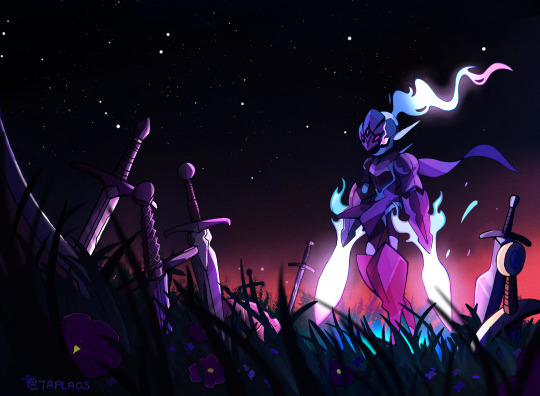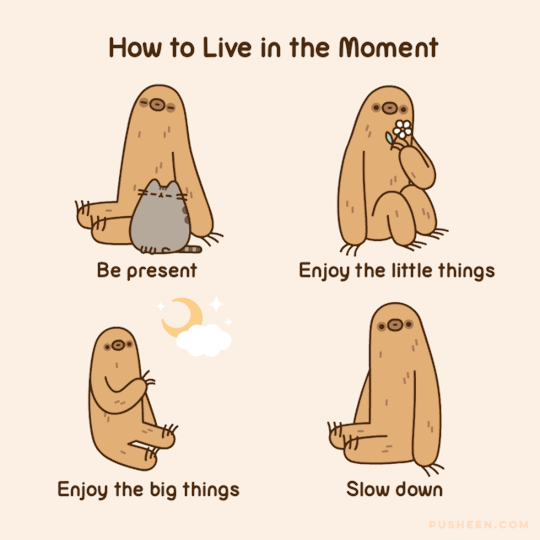Text
5 Years, 8 Discoveries: NASA Exoplanet Explorer Sees Dancing Stars & a Star-Shredding Black Hole
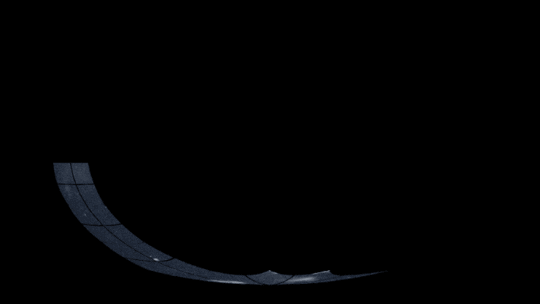
This all-sky mosaic was constructed from 912 Transiting Exoplanet Survey Satellite (TESS) images. Prominent features include the Milky Way, a glowing arc that represents the bright central plane of our galaxy, and the Large and Small Magellanic Clouds – satellite galaxies of our own located, respectively, 160,000 and 200,000 light-years away. In the northern sky, look for the small, oblong shape of the Andromeda galaxy (M 31), the closest big spiral galaxy, located 2.5 million light-years away. The black regions are areas of sky that TESS didn’t image. Credit: NASA/MIT/TESS and Ethan Kruse (University of Maryland College Park)
On April 18, 2018, we launched the Transiting Exoplanet Survey Satellite, better known as TESS. It was designed to search for planets beyond our solar system – exoplanets – and to discover worlds for our James Webb Space Telescope, which launched three years later, to further explore. TESS images sections of sky, one hemisphere at a time. When we put all the images together, we get a great look at Earth’s sky!
In its five years in space, TESS has discovered 326 planets and more than 4,300 planet candidates. Along the way, the spacecraft has observed a plethora of other objects in space, including watching as a black hole devoured a star and seeing six stars dancing in space. Here are some notable results from TESS so far:
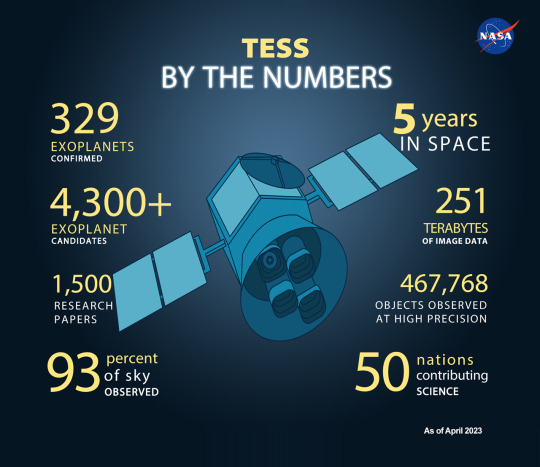
During its first five years in space, our Transiting Exoplanet Survey Satellite has discovered exoplanets and identified worlds that can be further explored by the James Webb Space Telescope. Credit: NASA/JPL-Caltech
1. TESS’ first discovery was a world called Pi Mensae c. It orbits the star Pi Mensae, about 60 light-years away from Earth and visible to the unaided eye in the Southern Hemisphere. This discovery kicked off NASA's new era of planet hunting.
2. Studying planets often helps us learn about stars too! Data from TESS & Spitzer helped scientists detect a planet around the young, flaring star AU Mic, providing a unique way to study how planets form, evolve, and interact with active stars.
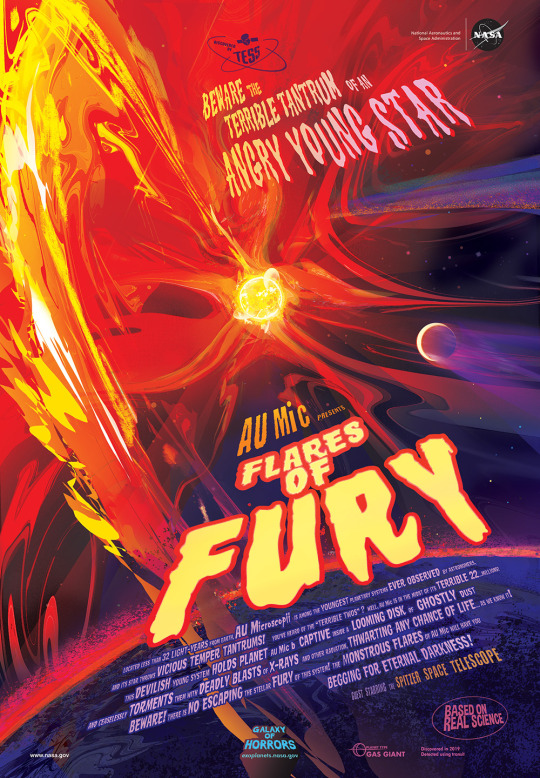
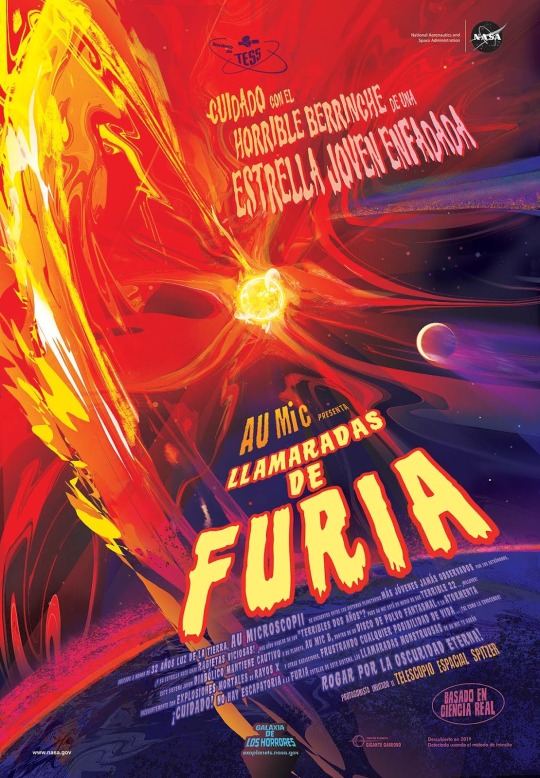
Located less than 32 light-years from Earth, AU Microscopii is among the youngest planetary systems ever observed by astronomers, and its star throws vicious temper tantrums. This devilish young system holds planet AU Mic b captive inside a looming disk of ghostly dust and ceaselessly torments it with deadly blasts of X-rays and other radiation, thwarting any chance of life… as we know it! Beware! There is no escaping the stellar fury of this system. The monstrous flares of AU Mic will have you begging for eternal darkness. Credit: NASA/JPL-Caltech
3. In addition to finding exoplanets on its own, TESS serves as a pathfinder for the James Webb Space Telescope. TESS discovered the rocky world LHS 3844 b, but Webb will tell us more about its composition. Our telescopes, much like our scientists, work together.
4. Though TESS may be a planet-hunter, it also helps us study black holes! In 2019, TESS saw a ‘‘tidal disruption event,’’ otherwise known as a black hole shredding a star.
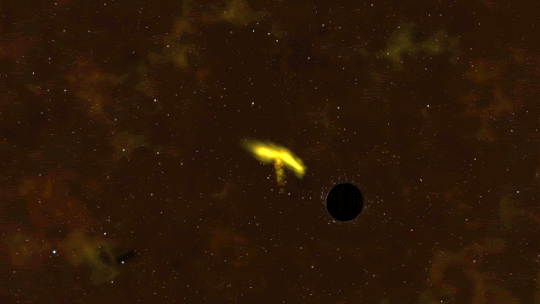
When a star strays too close to a black hole, intense tides break it apart into a stream of gas. The tail of the stream escapes the system, while the rest of it swings back around, surrounding the black hole with a disk of debris. Credit: NASA's Goddard Space Flight Center
5. In 2020, TESS discovered its first Earth-size world in the habitable zone of its star – the distance from a star at which liquid water could exist on a planet’s surface. Earlier this year, a second rocky planet was discovered in the system.
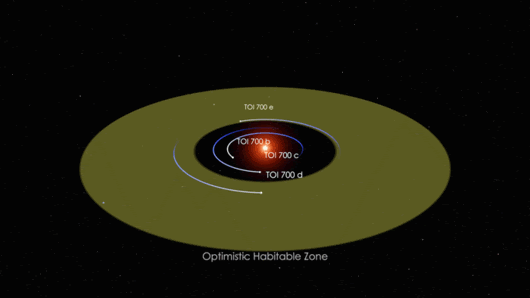
You can see the exoplanets that orbit the star TOI 700 moving within two marked habitable zones, a conservative habitable zone, and an optimistic habitable zone. Planet d orbits within the conservative habitable zone, while planet e moves within an optimistic habitable zone, the range of distances from a star where liquid surface water could be present at some point in a planet’s history. Credit: NASA Goddard Space Flight Center
6. Astronomers used TESS to find a six-star system where all stars undergo eclipses. Three binary pairs orbit each other, and, in turn, the pairs are engaged in an elaborate gravitational dance in a cosmic ballroom 1,900 light-years away in the constellation Eridanus.

7. Thanks to TESS, we learned that Delta Scuti stars pulse to the beat of their own drummer. Most seem to oscillate randomly, but we now know HD 31901 taps out a beat that merges 55 pulsation patterns.
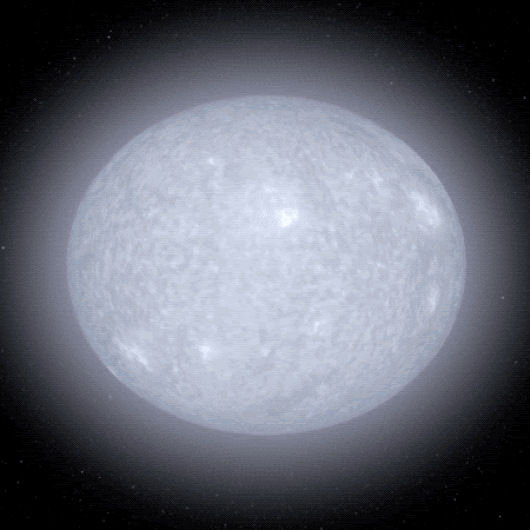
Sound waves bouncing around inside a star cause it to expand and contract, which results in detectable brightness changes. This animation depicts one type of Delta Scuti pulsation — called a radial mode — that is driven by waves (blue arrows) traveling between the star's core and surface. In reality, a star may pulsate in many different modes, creating complicated patterns that enable scientists to learn about its interior. Credit: NASA’s Goddard Space Flight Center
8. Last is a galaxy that flares like clockwork! With TESS and Swift, astronomers identified the most predictably and frequently flaring active galaxy yet. ASASSN-14ko, which is 570 million light-years away, brightens every 114 days!
Make sure to follow us on Tumblr for your regular dose of space!
2K notes
·
View notes
Text

Can u tell I’ve already ate two packs of m&ms today?
2K notes
·
View notes
Text
144K notes
·
View notes
Text
A veces lo único que uno quiere es un abrazo, 5 minutos de sparring con guantes y con odio, después otro abrazo y un café. En ese orden.
4 notes
·
View notes
Text
Still there
To be a vast source of knowledge and power, and being unable to focus any of that...
2 notes
·
View notes










